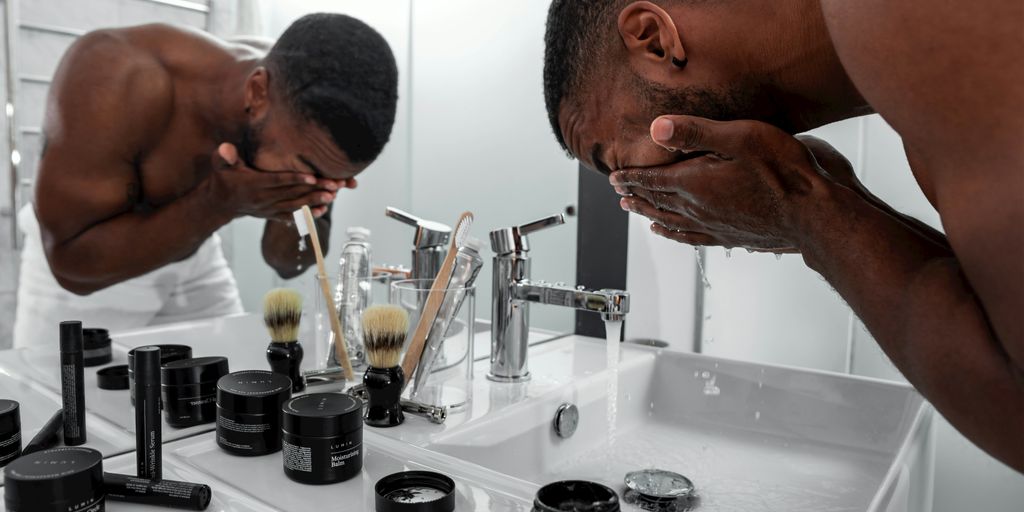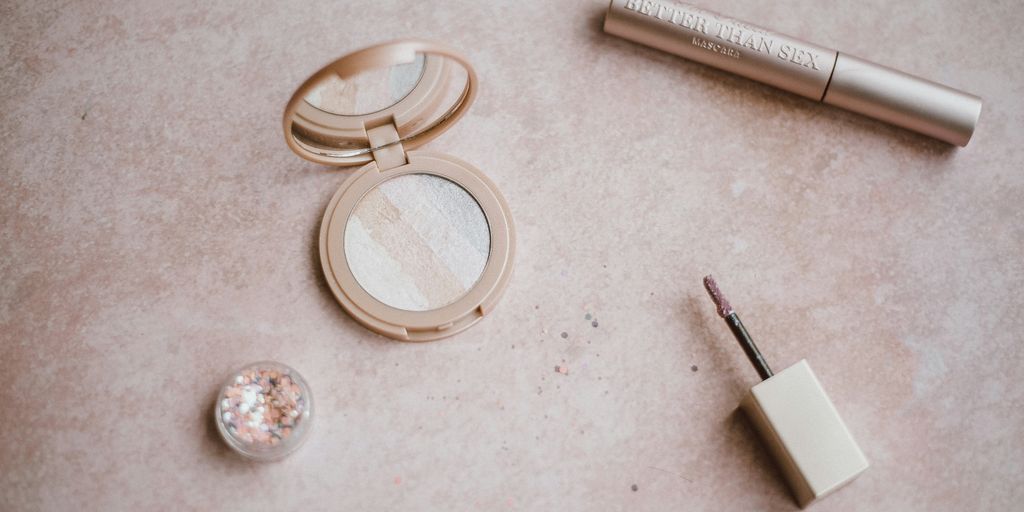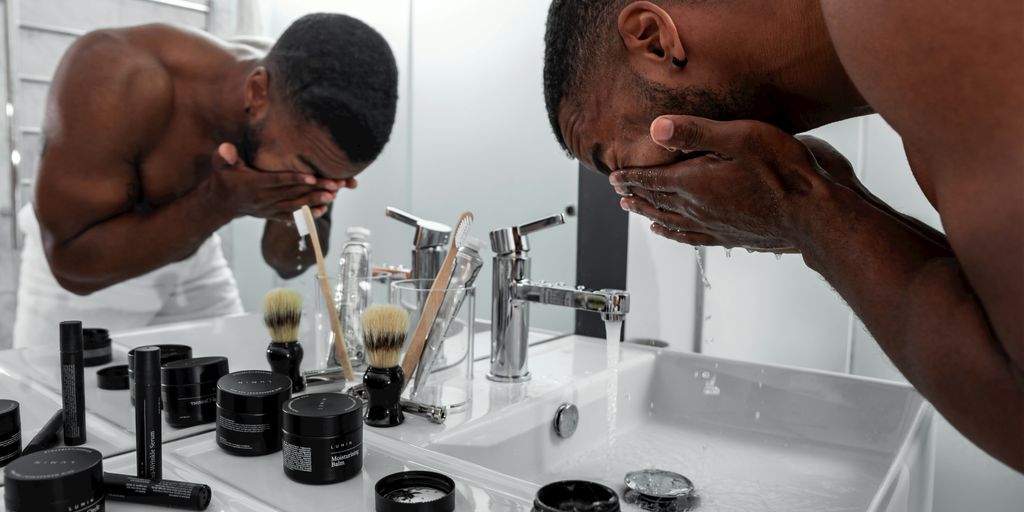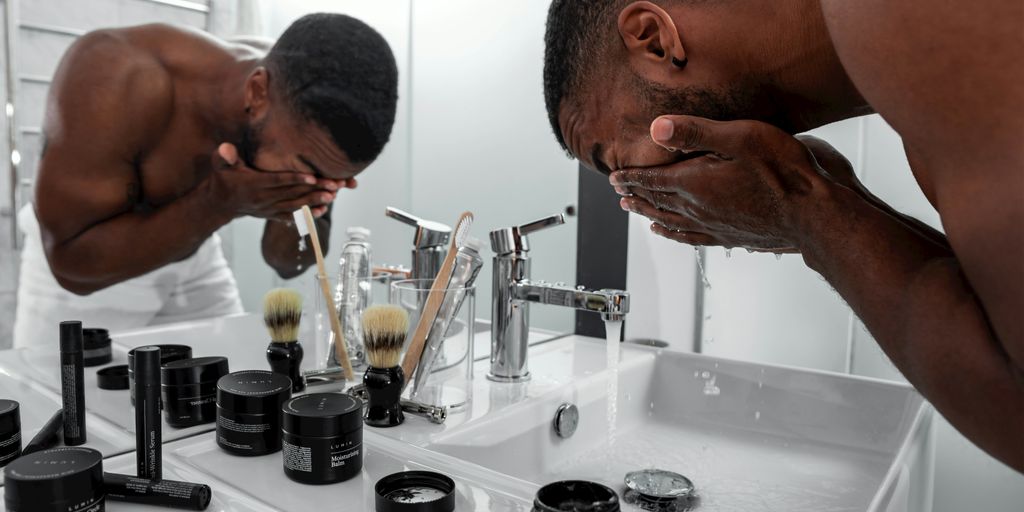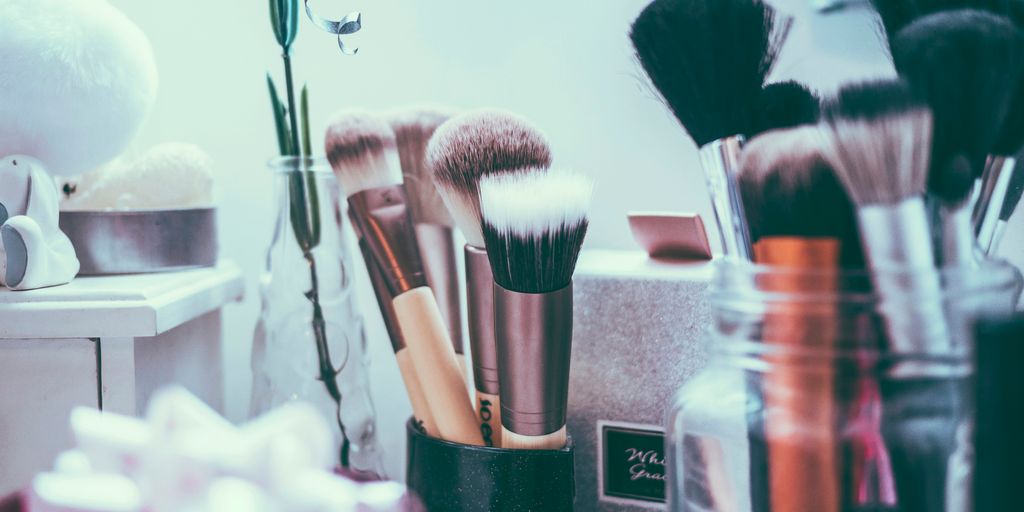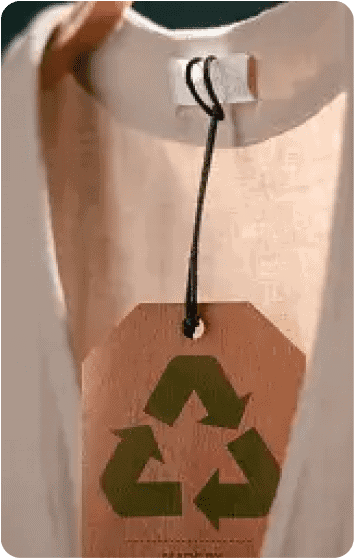As consumers become more aware of ethical issues, the question of whether brands are truly cruelty-free is more pressing than ever. With the rise of animal rights activism and changing regulations, many people are left wondering: is Aussie cruelty free in 2025? This article will explore the current state of animal testing, the practices of Aussie’s parent company, Unilever, and what it means to be cruelty-free in today’s market.
Key Takeaways
- Aussie is owned by Unilever, a company that has faced criticism for its animal testing policies.
- Cruelty-free definitions can differ widely, making it essential to look for certifications.
- China’s regulations still require animal testing for many foreign cosmetics, affecting brands’ cruelty-free status.
- Researching brands thoroughly is key; tools and apps can help consumers make informed choices.
- The push for ethical consumerism is growing, encouraging companies to adopt cruelty-free practices.
Understanding Cruelty-Free Standards
What Does Cruelty-Free Mean?
So, what does "cruelty-free" really mean? It’s a term thrown around a lot, but it’s not always clear. Basically, it should mean that a product and its ingredients weren’t tested on animals at any stage of development. This includes testing by the company itself, its suppliers, or any third parties. However, the devil is in the details, and the absence of a universal definition can make things confusing. Some companies might claim to be cruelty-free because they don’t directly test on animals, but their suppliers might, or they might sell in markets where testing is required by law.
The Importance of Certification
Certification is where things get a little easier. Look for certifications from organizations like Leaping Bunny or PETA. These groups have specific standards a company must meet to get certified. It’s not a perfect system, but it does add a layer of assurance.
Here’s a quick rundown of why certification matters:
- Provides independent verification.
- Offers a standardized set of criteria.
- Helps consumers make informed choices.
How Standards Vary by Region
Okay, this is where it gets tricky. Different countries have different rules about animal testing. For example, some places might require animal testing for certain products before they can be sold there. This is especially relevant when we talk about companies selling in mainland China. Even if a brand claims to be cruelty-free elsewhere, they might be required to test on animals to sell in certain markets. It’s a complex situation, and it’s important to be aware of these regional differences when making purchasing decisions.
Navigating the world of cruelty-free products can feel like a maze. It’s important to stay informed, do your research, and support brands that align with your values. Don’t be afraid to ask questions and demand transparency from the companies you support.
Aussie’s Parent Company and Its Practices
Unilever’s Animal Testing Policies
Unilever, the parent company of Aussie, is a massive global corporation, and its animal testing policies are, well, complicated. It’s not a simple yes or no answer. Unilever states that they are committed to ending animal testing and have invested in developing alternatives. However, like many large companies, they sell products in markets where animal testing is required by law, such as China. This means that while they might not actively conduct tests themselves everywhere, their products can still be subjected to animal testing to comply with local regulations. It’s a situation that leaves many consumers feeling uneasy.
Impact of Corporate Ownership
Aussie’s status as a brand under the Unilever umbrella significantly impacts its cruelty-free standing. While Aussie might formulate its products with the intention of being cruelty-free, Unilever’s overall policies and market strategies dictate the final outcome. If Unilever chooses to sell in regions mandating animal testing, Aussie products become part of that process. This highlights a common dilemma: can a brand truly be considered cruelty-free if its parent company participates in animal testing elsewhere? It’s a question many ethical consumers grapple with.
Consumer Awareness and Responsibility
Consumer awareness plays a huge role in driving change. We, as shoppers, have the power to influence brand behavior through our purchasing decisions. By actively seeking out and supporting truly cruelty-free brands, we send a message to companies like Unilever that ethical practices matter. It’s about more than just buying a product; it’s about supporting a set of values. Here are some ways to be a more responsible consumer:
- Research brands and their parent companies.
- Look for cruelty-free certifications from reputable organizations.
- Contact companies directly to inquire about their animal testing policies.
Choosing cruelty-free is not always easy, but it’s a step towards a more ethical and compassionate beauty industry. Every purchase is a vote, and together, we can make a difference.
It’s also worth noting that some apps, like Cruelty Cutter, can help you scan products in stores to check their cruelty-free status. While I haven’t used it personally, it’s another tool to help make informed decisions.
The Landscape of Animal Testing in 2025
Current Regulations in Major Markets
Okay, so it’s 2025. Where do we stand with animal testing regulations around the globe? Well, some places have really stepped up. The EU, for example, has had a ban in place for years, and it seems to be holding strong. Other countries, like India, Israel, and a few others, have also banned animal testing for cosmetics. But the situation is still pretty patchy, with many regions lagging behind.
- The US has made some progress, but a federal ban is still not in place.
- Canada is also moving slowly, with some provinces taking the lead.
- Many countries in South America are considering stricter regulations.
The Role of China in Animal Testing
China has been a big sticking point for a long time, and honestly, it’s still complicated in 2025. For years, they required animal testing for many imported cosmetics. This requirement pushed a lot of brands to test, even if they didn’t want to. There have been some changes, though. Now, some cosmetics can be sold in China without animal testing, but it’s not a blanket rule. It depends on the product type and how it’s sold. It’s still a gray area, and many companies are hesitant to say they’re completely cruelty-free because of it.
Trends in Consumer Preferences
Consumers are way more aware now than they used to be. People are asking questions, doing research, and choosing brands that align with their values. This increased awareness is putting pressure on companies to be more transparent about their practices. More and more people are actively seeking out cruelty-free products, and they’re willing to pay a bit more for them. This trend is pushing the industry forward, even if regulations are slow to catch up.
The power of the consumer should not be underestimated. By choosing cruelty-free, we send a clear message to companies: ethics matter. This demand drives innovation and encourages brands to adopt more humane practices.
Here’s a quick look at how consumer preferences are changing:
- Increased demand for vegan products.
- More scrutiny of ingredient lists.
- Greater support for brands with ethical certifications.
Identifying Truly Cruelty-Free Brands
It can feel like detective work trying to figure out which brands are actually cruelty-free. Marketing can be tricky, and it’s easy to get misled. Let’s break down how to spot the real deal.
How to Research Brands Effectively
First, don’t just take a brand’s word for it. Dig deeper! Start by checking for certifications from reputable organizations like Leaping Bunny or PETA. These groups have strict standards and audit companies to ensure compliance.
Next, look at the parent company. Even if a brand claims to be cruelty-free, its parent company might not be. This is important because your money ultimately supports the entire corporate structure. If the parent company tests on animals, even if the specific brand doesn’t, you’re still contributing to animal testing.
Finally, read ingredient lists. While this won’t tell you if the product was tested on animals, it can help you avoid ingredients derived from animals if you’re also looking for vegan options.
Tools and Apps for Cruelty-Free Shopping
Thank goodness for technology, right? There are some great tools to help you shop cruelty-free.
- Apps like Think Dirty or Cruelty-Free Kitty allow you to scan product barcodes and instantly see if the brand is certified cruelty-free.
- Websites like Ethical Elephant maintain updated lists of cruelty-free brands across various categories.
- Browser extensions can alert you when you’re browsing a website that sells products from companies that test on animals.
These tools can save you a ton of time and effort, making it easier to make ethical choices.
The Role of Transparency in Brand Practices
Transparency is key. Brands that are truly committed to being cruelty-free are usually very open about their practices. Look for clear statements on their website about their animal testing policies, their supply chain, and their certifications. If a brand is vague or avoids answering direct questions, that’s a red flag.
A brand’s willingness to share information about its practices is a good indicator of its commitment to ethical values. If they’re hiding something, there’s probably a reason.
Also, consider brands that go beyond just avoiding animal testing. Do they use sustainable packaging? Are they committed to fair labor practices? Supporting brands with a holistic approach to ethics can make an even bigger impact.
The Ethical Consumer Movement

Why Choosing Cruelty-Free Matters
Choosing cruelty-free products goes beyond just a trend; it’s about aligning your purchases with your values. It’s a statement that you don’t support animal suffering for the sake of beauty or household goods. When you buy cruelty-free, you’re supporting companies that invest in innovative, ethical practices. It’s about creating a world where animals are treated with respect, not as test subjects. It’s a small change that can make a big difference.
The Impact of Consumer Choices
Our buying choices have real power. By choosing cruelty-free, we send a message to companies that ethical practices are important. This can influence them to change their ways. It’s like voting with your wallet. If enough people demand cruelty-free options, more companies will start offering them. It’s a slow process, but every purchase counts. Think of it as a ripple effect – one cruelty-free purchase can lead to another, and another, until the whole industry starts to shift.
Supporting Brands with Integrity
Supporting brands with integrity means looking beyond just the "cruelty-free" label. It’s about considering the company’s overall ethical stance. Do they use sustainable ingredients? Do they treat their workers fairly? Are they transparent about their practices? These are all important questions to ask. It’s not always easy to find brands that tick all the boxes, but it’s worth the effort. Look for companies that are open about their values and committed to making a positive impact.
It’s important to remember that ethical consumerism is a journey, not a destination. There will be times when it’s difficult to find cruelty-free or ethical options, but every effort makes a difference. By staying informed and making conscious choices, we can create a more compassionate and sustainable world.
Here are some ways to support brands with integrity:
- Research the company’s values and practices.
- Look for certifications like Leaping Bunny or PETA.
- Read reviews and see what other consumers are saying.
- Contact the company directly and ask questions.
Challenges Facing Cruelty-Free Advocacy
Misinformation in the Beauty Industry
It’s tough to know what’s real and what’s not when it comes to cruelty-free claims. Some companies might use tricky wording or misleading labels, making it hard for shoppers to make good choices. This misinformation can really undermine the whole movement. It’s important to do your homework and not just believe everything you read on a label.
The Influence of Profit Over Ethics
Sometimes, companies care more about making money than about being ethical. This can lead them to cut corners or make decisions that aren’t in line with cruelty-free values. It’s a bummer, but it’s true.
It’s easy to feel discouraged when you see big companies prioritizing profits over animal welfare. But remember, every purchase you make is a vote for the kind of world you want to live in. By supporting cruelty-free brands, you’re sending a message that ethics matter.
Navigating Brand Changes and Acquisitions
It can be super confusing when a cruelty-free brand gets bought by a bigger company that isn’t cruelty-free. Does that mean the brand is no longer cruelty-free? It’s not always clear, and it can be hard to keep track of all the changes. Here are some things to consider:
- Has the brand changed its testing policies since being acquired?
- Is the parent company still testing other brands on animals?
- Do you feel comfortable supporting a brand that’s owned by a non-cruelty-free company?
Future Prospects for Cruelty-Free Products
Innovations in Animal Testing Alternatives
The future looks bright for cruelty-free products, thanks to some really cool innovations in testing. Scientists are developing advanced cell-based assays and sophisticated computer models that can predict how a product will react in humans. These methods are not only more ethical but often faster and more accurate than traditional animal testing. This means we can expect to see even more brands embracing cruelty-free practices as these alternatives become more accessible and reliable.
The Growing Demand for Ethical Products
Consumers are becoming increasingly aware of the impact their purchases have on animals and the environment. This growing demand for ethical products is driving companies to rethink their practices and prioritize cruelty-free options. More and more people are actively seeking out brands that align with their values, and this trend is only expected to continue. Here are some factors driving the demand:
- Increased awareness through social media
- Greater availability of cruelty-free products
- Growing concern for animal welfare
Potential Changes in Legislation
There’s a real push for stronger regulations against animal testing worldwide. Several countries have already banned or restricted animal testing for cosmetics, and there’s hope that more will follow suit. Changes in legislation could create a more level playing field for cruelty-free brands and encourage even greater adoption of alternative testing methods.
The movement toward cruelty-free products is gaining momentum, driven by technological advancements, consumer demand, and potential legislative changes. This shift promises a future where ethical considerations are at the forefront of product development and consumer choices.
As we look ahead, the future of cruelty-free products is bright. More people are choosing items that are kind to animals, and companies are responding by creating better options. This shift means that soon, it will be easier than ever to find products that match your values. Join the movement for a kinder world! Visit our website to explore a wide range of cruelty-free products and make a difference today!
Final Thoughts on Aussie and Cruelty-Free Practices
As we wrap up our exploration of whether Aussie is truly cruelty-free in 2025, it’s clear that the landscape is complicated. Many brands, including Aussie, have faced scrutiny for their ties to companies that still test on animals. It’s frustrating, especially for those of us who want to support ethical practices. The truth is, being cruelty-free isn’t just about one product; it’s about the entire company and its practices. So, if you care about animal welfare, it’s worth doing your homework. Look beyond the labels and check the parent companies. Every purchase we make sends a message, so let’s choose wisely and support brands that align with our values. Together, we can push for a future where cruelty-free isn’t just a trend, but the standard.
Frequently Asked Questions
What does it mean when a brand is labeled as cruelty-free?
A cruelty-free brand does not test its products on animals. This means they do not use animals to check if their cosmetics or other products are safe.
Why is certification important for cruelty-free products?
Certification helps consumers know which brands truly do not test on animals. It provides trust and assurance that the brand follows cruelty-free practices.
What are the animal testing rules in different countries?
Animal testing laws can differ by country. Some places, like China, require animal testing for cosmetics. This can affect whether a brand is truly cruelty-free.
How can I find out if a brand is really cruelty-free?
You can research brands online, check their websites, and use apps that help identify cruelty-free products while you shop.
Why should I choose cruelty-free products?
Choosing cruelty-free products supports ethical practices and helps reduce animal suffering. It shows that you care about how products are made.
What challenges do cruelty-free brands face?
Many brands struggle with misinformation about their practices, pressure to make profits, and changes in ownership that may lead to animal testing.


